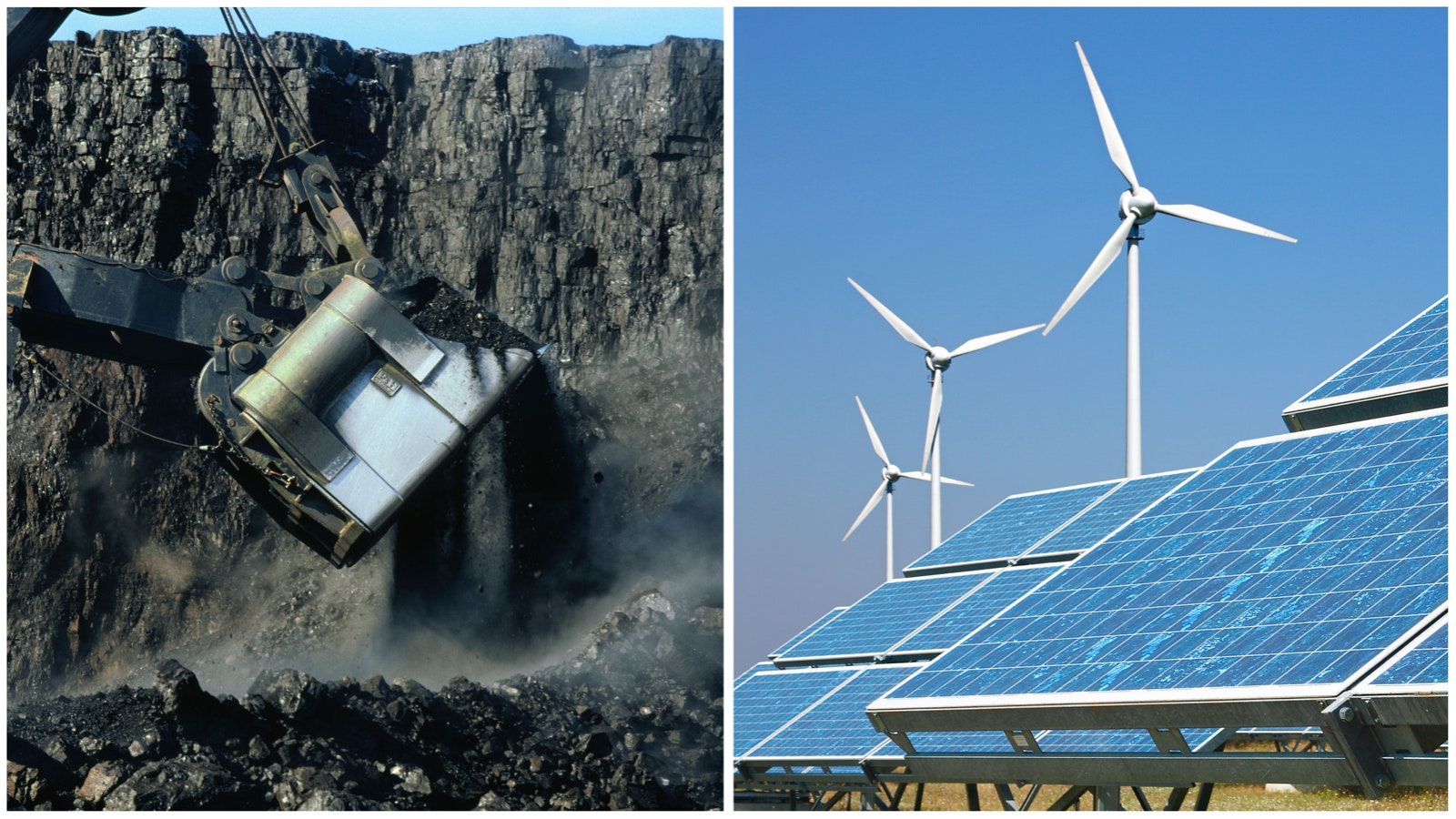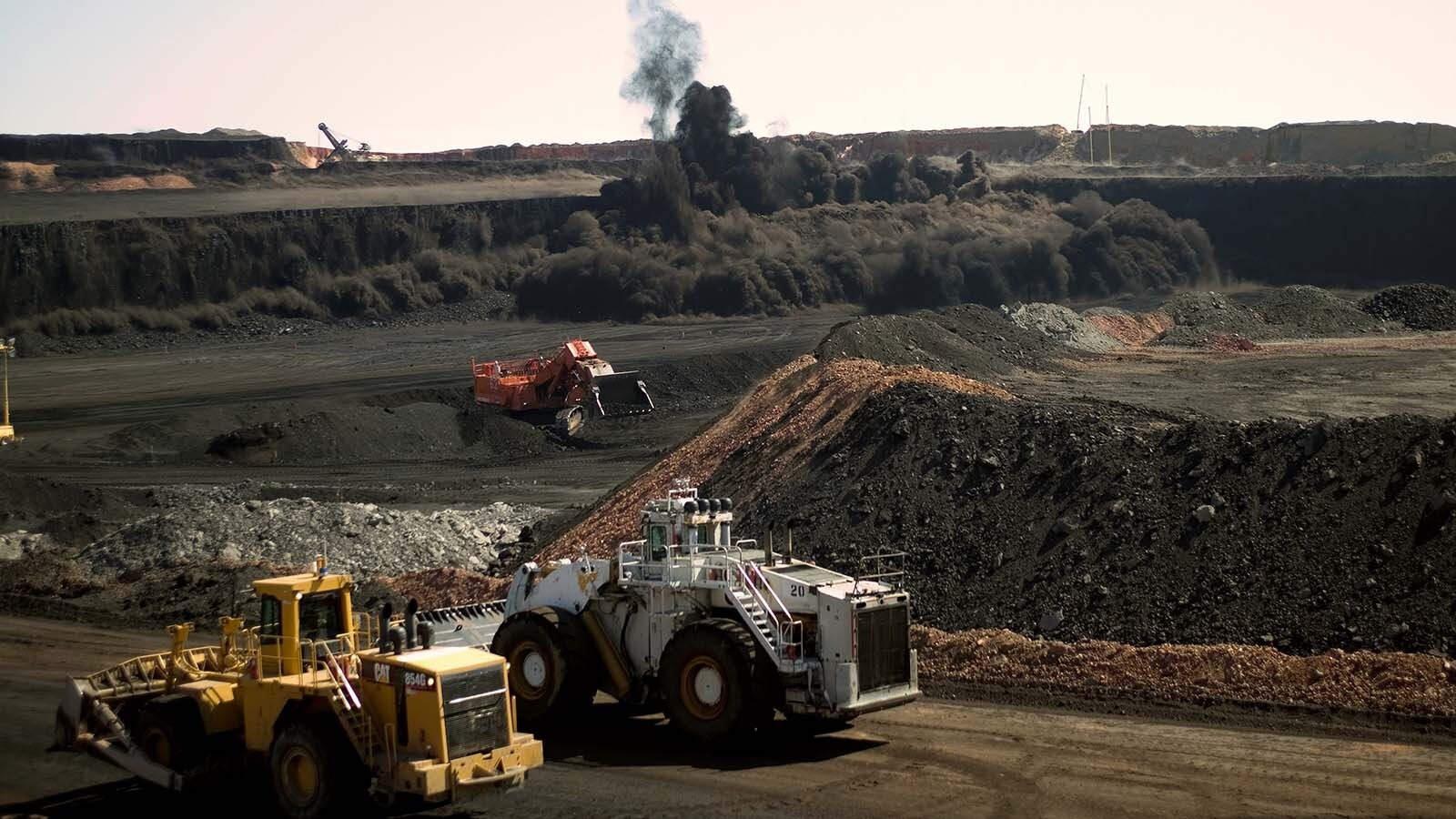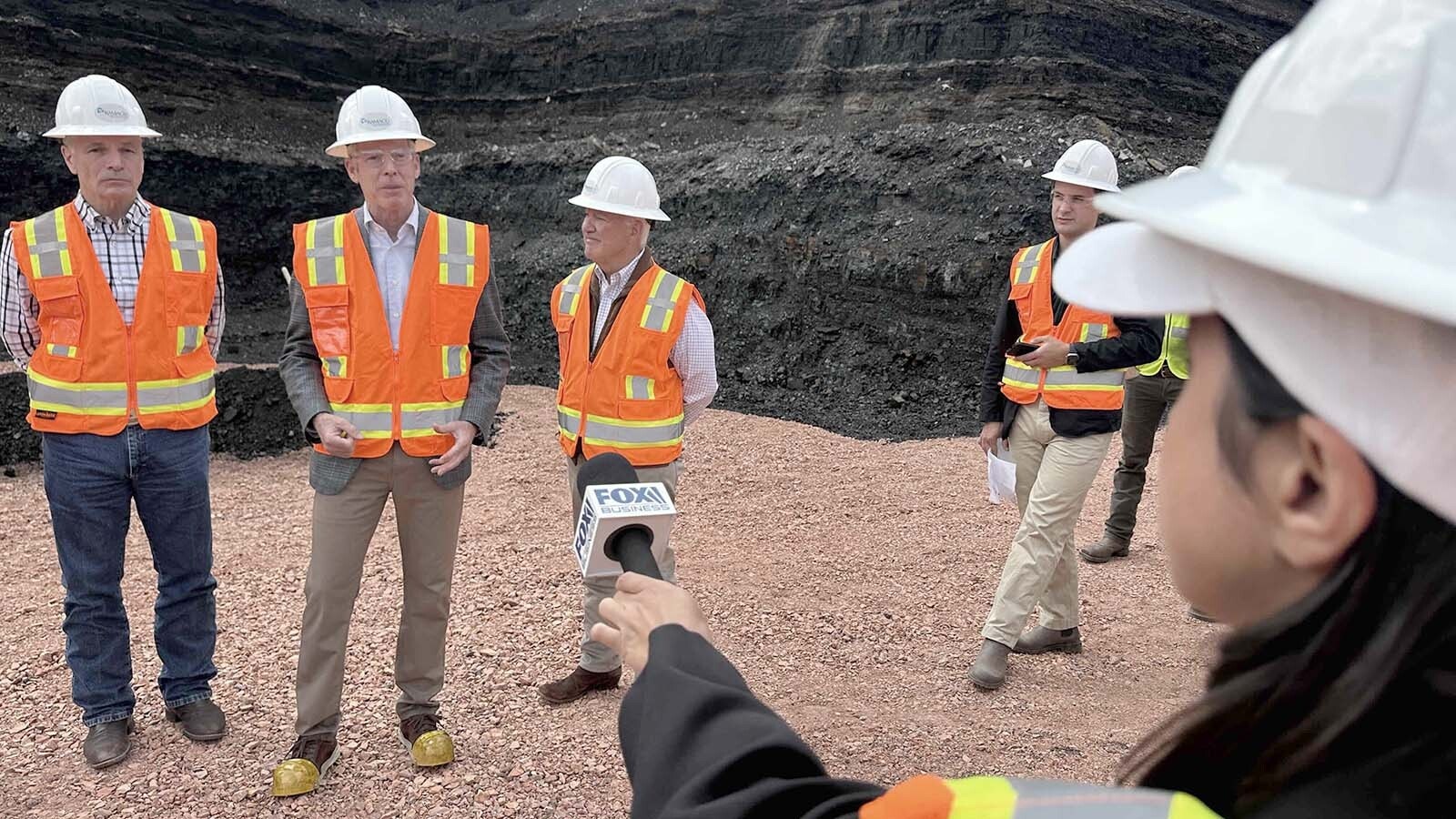Over the past 18 months, Wyoming has doubled its wind energy capacity from 1,500 megawatts to 3,000 megawatts, which reflects a trend across the country.
Wind and solar provide about 3% of the total energy used around the globe, and the total amount of fossil fuels consumed is up. Nonetheless, governments and popular opinion are pushing to increase the amount of wind and solar on the grid and electric vehicles (EVs) on the road.
What’s not often factored into what this transition will cost is the amount of mining that will need to be done to produce all the wind farms, solar farms, batteries and transmission lines.
It’s not just rare earth minerals, but also copper, gold, lithium, nickel, cobalt and iron.
Opportunity For Wyoming
Travis Deti, executive director for the Wyoming Mining Association, told Cowboy State Daily that Wyoming has very significant amounts of rare earth minerals, which are used in wind turbine, solar panels and EVs. Currently, about 97% of the market in rare earths is controlled by China.
Contrary to their name, rare earths aren’t rare, but they are found in such low concentrations that it makes it difficult to mine them.
There also are regulatory barriers faced with permitting any mine, and the financial challenges it takes to get investors to put money toward projects that can take a decade or more to realize a return on investment, presents an enormous and often overlooked challenge.
“It’ll take some time, and it’ll take some investment. But the opportunity is there,” Deti said.
Deti said the federal government is providing funding to the University of Wyoming School of Energy Resources to do some exploration work, which will help alleviate the up-front capital costs to rare earth mining in Wyoming.
Likewise, the state is pursuing primacy over mine permitting, which will help speed up the process.
The process now is expensive and very long.
New Mining Opportunities
U.S. Gold Corp. is pushing for a gold mine near Cheyenne, which also will produce some copper. Because the entire operation is on state and private land, the company is estimating it could begin construction activities by 2025 – a breakneck speed for mining projects.
In 2012, Rare Element Resources pursued a rare earth mining operation near Sundance with a refining operation near Upton. That operation was on federal land, and before the company could complete the permitting process, which can take more than a decade, it ran out of money.
Rare Element Resources is now pursuing a demonstration project, which it hopes will prove a better refining process and attract new investors.
Considering what it takes to open a mine, Mark Mills, senior fellow at the Manhattan Institute and a faculty fellow at Northwestern University’s McCormick School of Engineering and Applied Science, warns the renewable industry is going to have a hard time meeting its targets.
Ten-Fold Increase
Mills has a rule of thumb to put a number on how much mining the energy transition will take.
While it varies between specific instances and technologies, to produce a unit of energy with EVs, wind and solar — whether it’s heating a room, driving a mile or lighting a bulb — it will require 10 times more mining than it takes with machines used in oil and gas production.
The entire energy transition will require an unprecedented amount of mining across the planet.
“All data that comes from the International Energy Agency, World Bank, International Monetary Fund, the European Union’s own funded studies, there is no dispute. It’s a simple fact,” Mills said.
In a 2021 report, the International Energy Agency (IEA) analyzed the challenges of obtaining the necessary quantities of “energy transition minerals.” Plans to replace gas-powered vehicles with EVs, in addition to plans to replace fossil fuel-powered electrical generation with wind and solar, will require an increase in global mining output of 300% to 4000%, the report concluded.
The 2021 IEA report estimates that wind and solar projects require 500% to 700% more minerals compared to building a natural gas power plant.
Besides the volume of mining needed, targets to reduce emissions force timeframes for the increased mining into two or three decades. Mills said, looking at historical data, it’s just not possible to ramp up mining to that degree that quickly.
“The world’s mining industry is not now producing, nor planning to produce, nor announcing any plans to produce, an increase that’s even close to that for any, much less all, of the minerals,” Mills said.
Not Getting Cheaper
Compared to oil and gas, there is a difference in energy density for the hardware in EV batteries, solar panels and wind turbines.
Lithium-class chemicals for an EV battery, which is not the battery cell but the raw chemical, is as high as 700 watt-hours per kilogram. That’s compared to the 12,000 watt-hours per kilogram in petroleum.
An EV battery weighing half a ton can achieve the driving range of 60 to 80 pounds of gasoline.That battery contains 30 pounds of lithium, 60 pounds of cobalt, 130 pounds of nickel, 190 pounds of graphite and 90 pounds of copper. The remainder is steel, aluminum and plastic.
Much of the raw materials to produce batteries, solar panels and wind turbines will have to come from overseas, where environmental regulations are looser and labor is cheap. Even with imports the supply will be dwarfed by the demand.
Cost projections don’t factor in the law of supply and demand, Mills said. E Source, a Colorado research firm, estimates that battery cell prices will increase 22% over the next few years. Inside Climate News reported this month that solar prices per megawatt hour are up 34% over the third quarter of fiscal year 2021.
Currently, EVs account for about 1% of vehicles globally so these increases are at very low rates of penetration on the market.
“All of the forecasts, all the mandates, all the aspirations and all the claims assert that those technologies are getting cheaper and cheaper fast. That’s not what’s happening,” Mills said.
Lots of Emissions
When people think of energy, they usually think of electricity. Electricity accounts for about 20% of the world’s total energy consumption. The remainder is industrial heating, shipping and transportation.
Go to any mine in Wyoming and there will be enormous machinery moving earth and hauling the raw materials to wherever they’re shipped and processed. That machinery runs on diesel, and processing those raw materials — such as taking iron and making steel — requires industrial heating energy, much of which comes from metallurgical coal.
Upstream of any product — whether it’s a hamburger, a house or a cellphone — is a lot of carbon dioxide emissions involved in processing the raw materials, manufacturing the product and shipping it to where it’s consumed. Determining how much CO2 emissions are upstream of any consumed product is enormously difficult, Mills said.
Mills said analyses of the amount of energy needed to build a battery that can store the amount of energy in one gallon of gasoline range from 80 to 240 gallons of oil. While driving, the EV produces no CO2 emissions, but the energy to charge the battery might, depending on the source.
The IEA calculated that if every nation achieves their ambitious EV targets, it will reduce CO2 emissions in this decade by 235 million tons. That will reduce global temperatures 0.0001°C by 2100.
Demand Destruction
These minerals that feed the wind and solar build-out are also used to produce everyday consumer products, such as toasters and laptops.
When prices of these raw materials go up, as analysts believe will happen, it will have a secondary effect besides inflating the cost of the world’s energy transition.
“You get what economists call demand destruction,” Mills explained, adding it “means you’ll build less stuff.”
If you need copper for residential pipes and wiring, construction costs will become prohibitive meaning fewer homes will be built. Those who have homes won’t be able to afford any appliances for them.
To keep the wind and solar rollout going, it will require increased subsidies, Mills said, and that will mean higher taxes.
“Your taxes go up, and then you’ll find fewer appliances available to purchase,” Mills said.
Mills said these impacts are not far off in the future – maybe a year or two.





